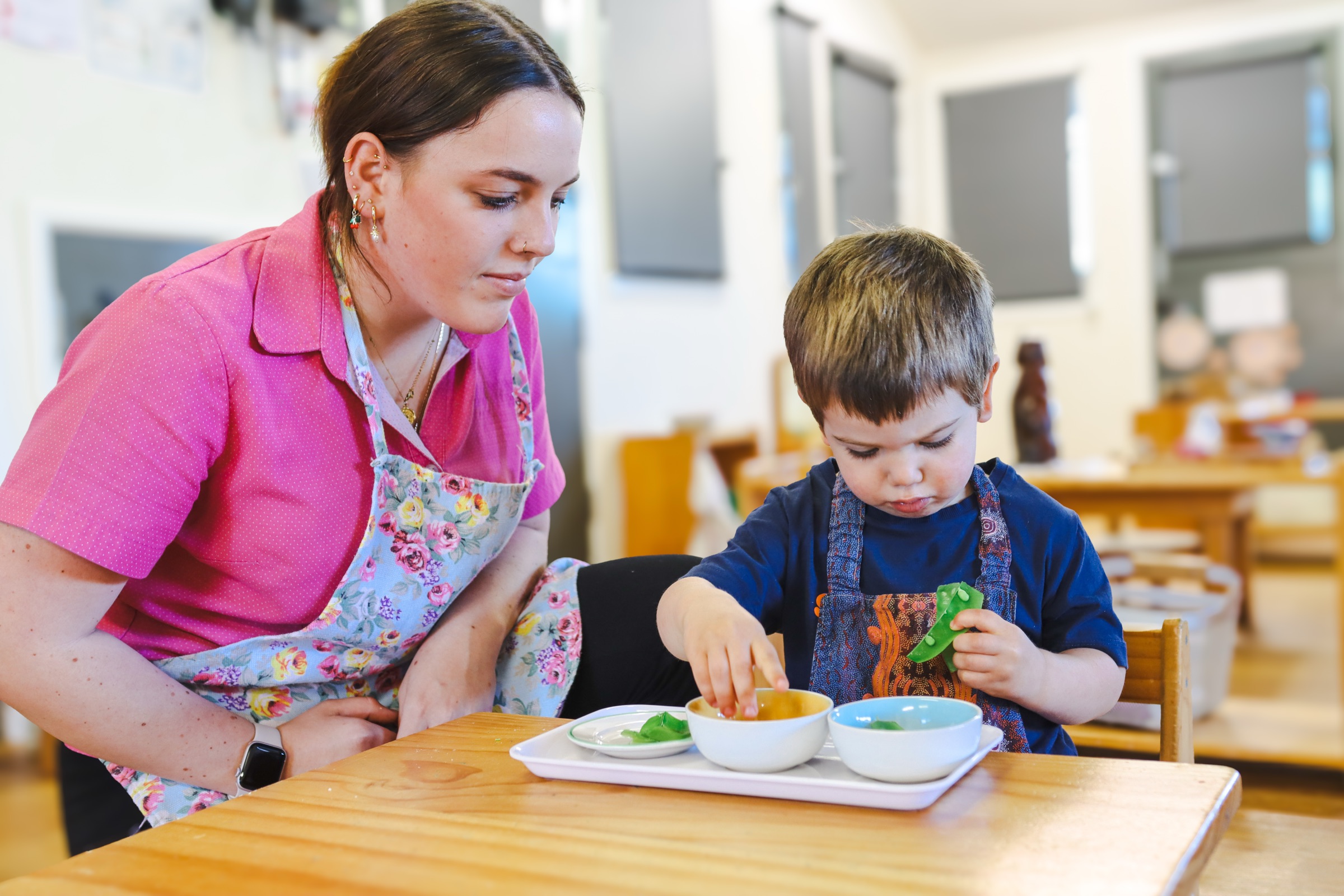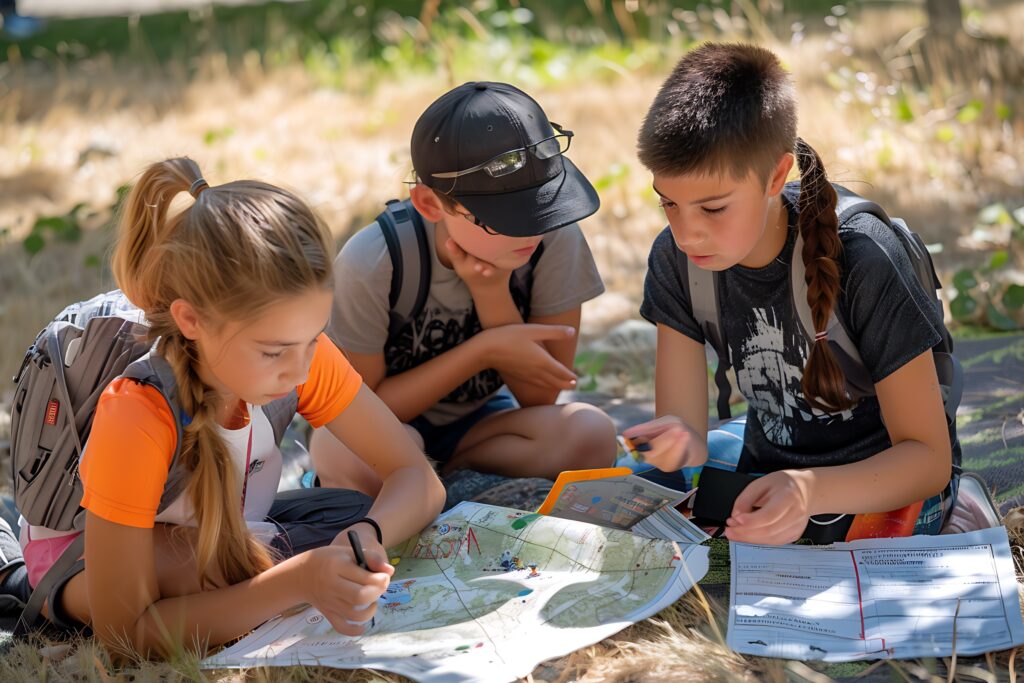How many observations?


I came across room leader Amy* (not her real name) on the veranda one afternoon in 2006 as the play was winding down and the educators were visibly relaxing as they played with the children, packed up and greeted parents.
Amy had her handbag on her shoulder as she was wandering towards the exit. She had finished work, but decided to take a moment to clarify something with me.
“Vicki, how many observations do we need to do each week on our focus children?”
I took a moment and then responded something like this….
“What is important is that observations are purposeful and meaningful. As you engage with the children and observe their play, you will notice interests emerging, there will be apparent strengths, as well as some concerns about some areas. These are the types of observations that you will follow up with immediate extension or planning. Whilst you might mostly be reviewing your focus children, it wouldn’t be sensible to ignore some intriguing play with a non-focus child. Rather than having a target number of observations, the types of observations and how purposeful they are is more important. It really comes down to your assessment as an educator what events are important to document”
Amy replied, “Yes. That sounds really great!”
There was a smiling pause before she continued, “But how many observations do I need to do?”
There was another pause as I fathomed how to best respond. I replied, “How many do you think you should do?”
Amy, and many like her in our sector, want to ensure that they are meeting the expectations of their employer. Feeling secure that they have ‘ticked the box’ of requirements provides them with an assurance that there will not be negative consequences for them. The difficulty is that any human/care role should tread carefully with benchmarks, as professional discretion based upon thorough theoretical unpinning, combined with comprehensive understanding of the individual human being, should be the two factors relied upon in decision-making. We wouldn’t expect a dentist to have to meet certain numbers of fillings, or psychologists to meet diagnoses targets. Instead, their professional training applied to their knowledge of the client or patient guides their decision making.
Early childhood is a profession. Although much of the training of educators is within a “Vet-sector” context, the role is not a trade. Educators are practitioners applying theoretical knowledge to a comprehensive understanding of each child. Perhaps setting their own targets might be helpful for some, but employers requiring ‘one observation per child per month’, for example, can result in trite write-ups to meet the numbers, whilst broad learning objectives are overlooked. Reviews are important to ensure the ‘quiet child’ and the ‘good child’ are not being overlooked. Large unfolding interests might be abandoned in favour of checking where each child is ‘at’ with scissor work. In Montessori we endeavour to ‘follow the child’. We run the risk of urging a child to undertake something we can write up, when their true need is to observe other children at that point in time. We might miss a child’s absolute fascination with hot air balloons because they aren’t our ‘focus child’ that week, and the opportunity to explore heat rising, the density of warm verses cold air, types of gases, and aerodynamics is just lost.
Leaders must foster professional confidence in their team of educators to avoid the ‘playing it safe’ by numbers, and to maximise children’s engagement in the program.
Helping children thrive is a shared journey. Spread the word and support fellow educators with insights and resources from Your Child’s Day.
Resources, advice, and uplifting stories for educators and families. No spam, ever.



